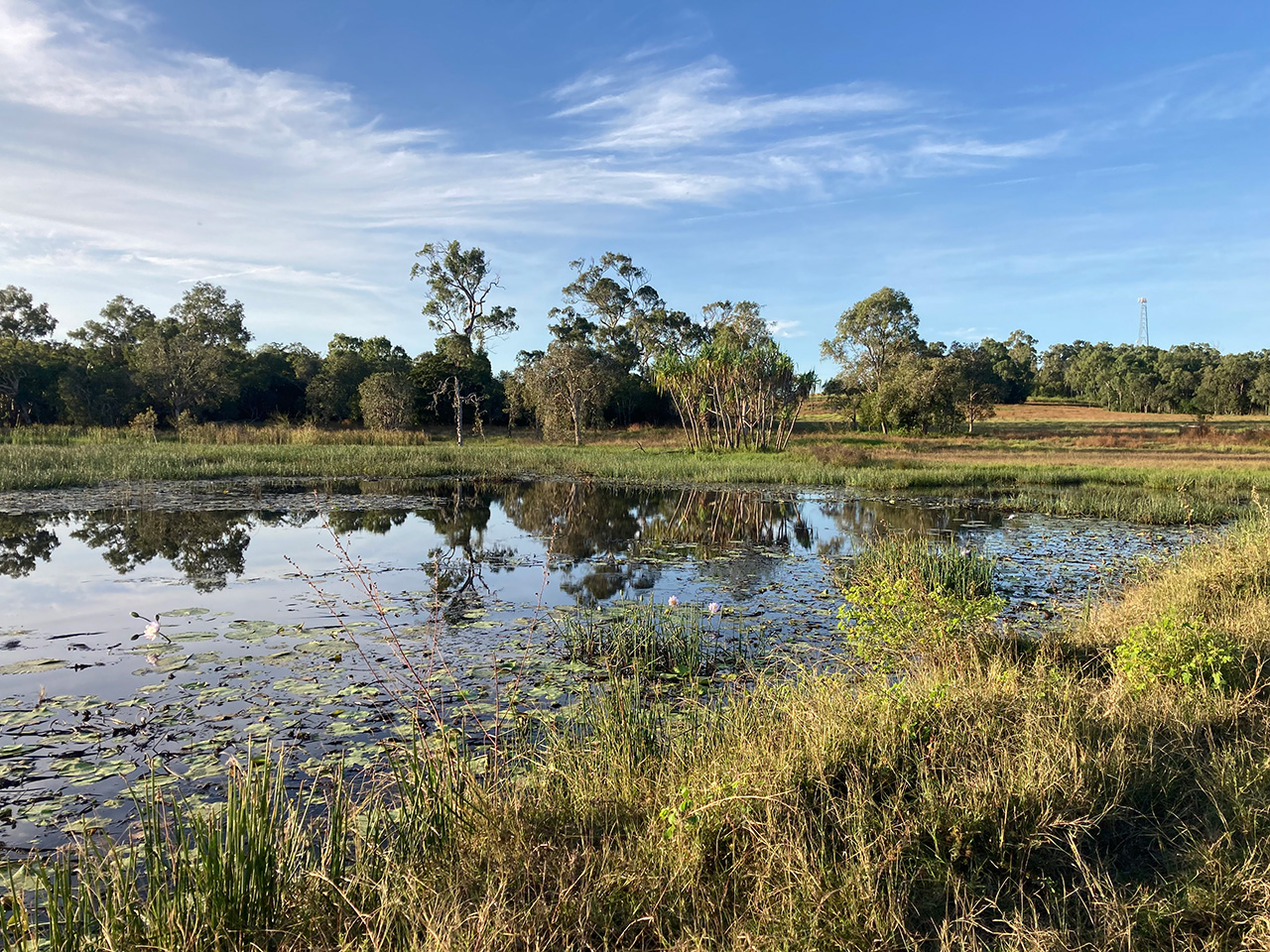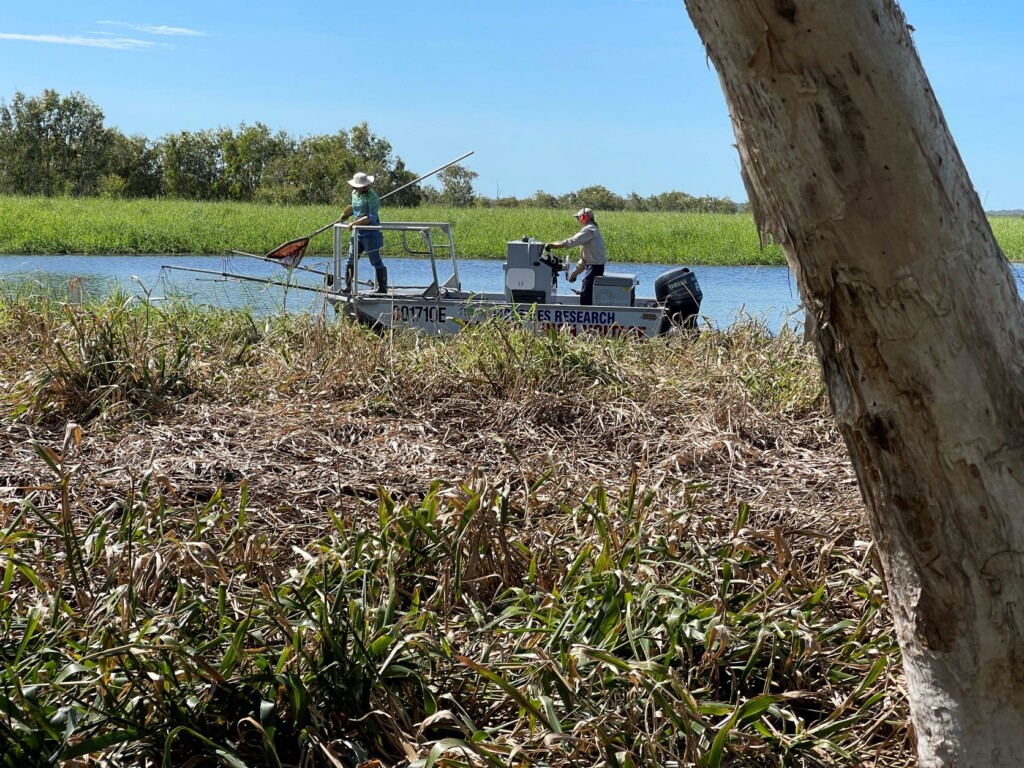Finding the Balance Ponded Pastures Part 2 of a 3 part series
Sep 27, 2023
For more than 50 years coastal graziers have valued ponded pasture for its capacity to provide stock feed in the dryer months. Jason Bradford, a generational farmer, is working with a local NRM, Reef Catchments, and the fisheries ecologists at Catchment Solutions to return the balance between grazing and native species habitat.

Part 2 discusses how herbicide usage is reduced or eliminated, biodiversity and managing grazing practices control Hymenachne in the wetlands. It also provides an insight into the type of fisheries improvement work, which can be implemented into ponded pasture operations. In particular fishladders, fish refuge pools and the managed control of wetlands plant life through improved grazing practices are discussed in the video.

Ponded pastures are lauded for their potential to be highly productive grazing areas and to produce out-of-season feed in rainfall dependent regions. Many of these pastures have been developed on coastal floodplains
adjacent to or on intertidal wetlands, estuaries, and salt marshes. This makes ponded pastures attractive nursery grounds for juvenile fish.
Due to their shallow, expansive nature, ponded pastures reduce in volume throughout the year. In drought years the wetlands may completely dry and fisheries productivity can be lost. Constructing large refuge pools is one way of maintaining fish populations through extended dry periods.